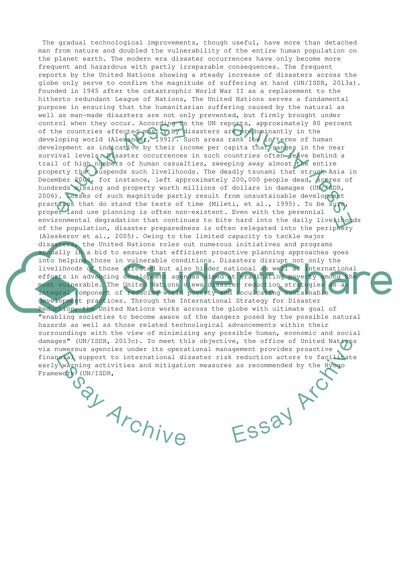Cite this document
(“The United Nations Role in World Wide Disasters Research Paper”, n.d.)
The United Nations Role in World Wide Disasters Research Paper. Retrieved from https://studentshare.org/management/1472529-the-united-nations-role-in-world-wide-disasters
The United Nations Role in World Wide Disasters Research Paper. Retrieved from https://studentshare.org/management/1472529-the-united-nations-role-in-world-wide-disasters
(The United Nations Role in World Wide Disasters Research Paper)
The United Nations Role in World Wide Disasters Research Paper. https://studentshare.org/management/1472529-the-united-nations-role-in-world-wide-disasters.
The United Nations Role in World Wide Disasters Research Paper. https://studentshare.org/management/1472529-the-united-nations-role-in-world-wide-disasters.
“The United Nations Role in World Wide Disasters Research Paper”, n.d. https://studentshare.org/management/1472529-the-united-nations-role-in-world-wide-disasters.


